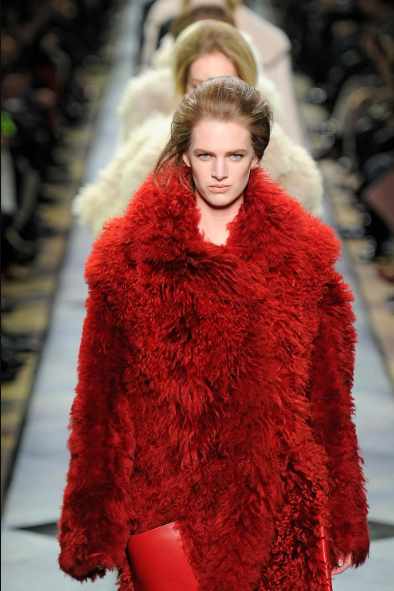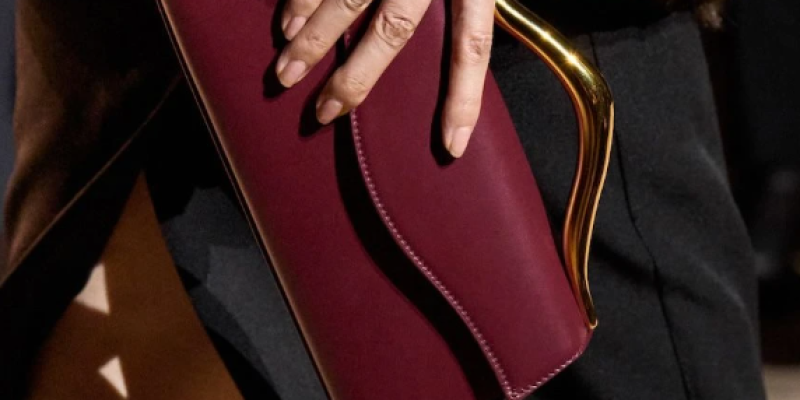
Exploring the Spanish House’s Rich Legacy Before Its Modern Transformation
Loewe, the esteemed Spanish luxury brand, has a history that dates back to 1846, long before fashion houses operated under the structured calendars and rotating creative directors we see today. While the name Jonathan Anderson is now synonymous with the label’s avant-garde reinvention, Loewe had already established itself as a master of leather craftsmanship and an emblem of Spanish heritage. However, its global impact remained somewhat niche until Anderson’s appointment in 2013, which transformed the brand into the conceptual powerhouse it is today. But what was Loewe like before its rise in the zeitgeist?
The Early Years: A Spanish Leather Empire
Founded in Madrid as a leather goods atelier, Loewe quickly became a favorite among Spanish royals, celebrated for its exceptional craftsmanship. The brand’s mastery in working with leather set the foundation for its identity, and even as it expanded into ready-to-wear fashion, leather remained its defining signature. The transition into luxury fashion, however, was a gradual process shaped by multiple creative figures over the decades.
The 1980s: Italian Influence with Armani & Biagiotti
Loewe saw a significant shift in the 1980s when Giorgio Armani and the late Laura Biagiotti took over the brand’s womenswear lines. Their Italian influence brought a new level of sophistication to the house, blending tailored elegance with Loewe’s artisanal Spanish roots. While their tenure was relatively short-lived, it set the stage for the brand’s evolution into a global luxury label.
LVMH’s Acquisition and a New Direction
A pivotal moment in Loewe’s history came in 1996, when it was acquired by LVMH. This marked a new chapter of modernization and international expansion, positioning Loewe among the world’s most esteemed luxury brands. Despite this shift, the house remained deeply rooted in its leather craftsmanship, ensuring that its heritage remained intact even as it evolved.
The Late 1990s – Narciso Rodriguez’s Minimalist Revolution
In 1997, under LVMH’s ownership, Narciso Rodriguez became Loewe’s first official creative director. His tenure introduced a minimalist aesthetic that resonated with the late 1990s’ sleek sensibilities. Debuting with the Fall/Winter 1998 collection at LVMH’s headquarters, Rodriguez refined Loewe’s identity for a new generation, helping to solidify its global presence through strategic store openings and international expansion.
Early 2000s – José Enrique Oña Selfa’s Spanish Elegance
José Enrique Oña Selfa took the reins in 2000, bringing a unique perspective shaped by his Belgian upbringing and Spanish heritage. His designs blended traditional Spanish influences—particularly the sensuality of Flamenco—with contemporary silhouettes, adding a distinctive artisanal flair to Loewe’s ready-to-wear collections. His ability to translate Spanish cultural elements into modern fashion helped redefine the label’s aesthetic while staying true to its origins.
Stuart Vevers’ Modernization of Loewe
In 2007, Stuart Vevers—now known for his work at Coach—became Loewe’s creative director, reinforcing the brand’s leather craftsmanship while sharpening its ready-to-wear focus. His tenure saw the house elevate both categories, increasing its prominence in the luxury fashion sphere and attracting a broader international audience. One of his most celebrated collections, "Tales of Spain," reimagined Loewe’s archival prints from the 1970s and 1980s, infusing the brand with youthful energy and a modern edge. His tenure proved that Loewe’s rich heritage could be both timeless and contemporary.
The Arrival of Jonathan Anderson: A New Era
When Jonathan Anderson took over in 2013, he ushered in a seismic shift that catapulted Loewe to new heights. His surrealist designs, sculptural silhouettes, and digital-first approach positioned Loewe as one of the most innovative luxury houses of the 21st century. Now, with his departure in 2025, the brand stands at another crossroads, with Jack McCollough and Lazaro Hernandez of Proenza Schouler set to take the helm.
As fashion enthusiasts speculate on how the new creative duo will shape the future of the Spanish heritage house, it’s worth looking back at the legacy that paved the way for its modern identity. Through its many transformations, Loewe has continuously evolved while staying true to its artisanal roots—a testament to the enduring power of craftsmanship in luxury fashion.
Veja Também:
Artigos Relacionados


